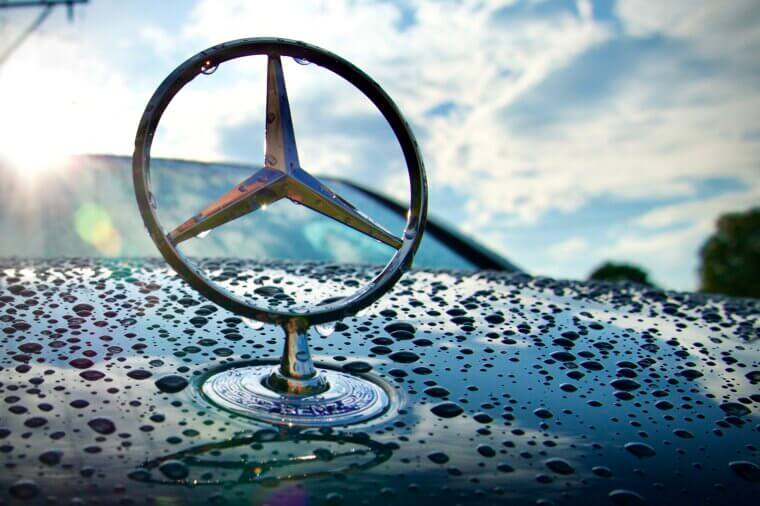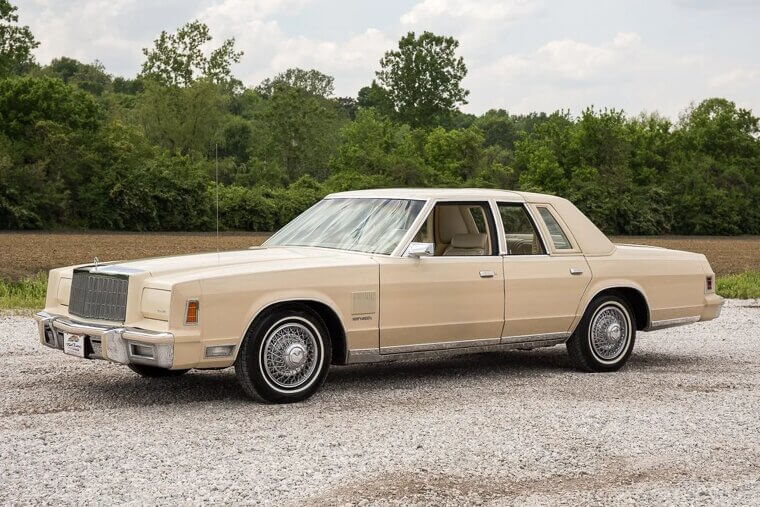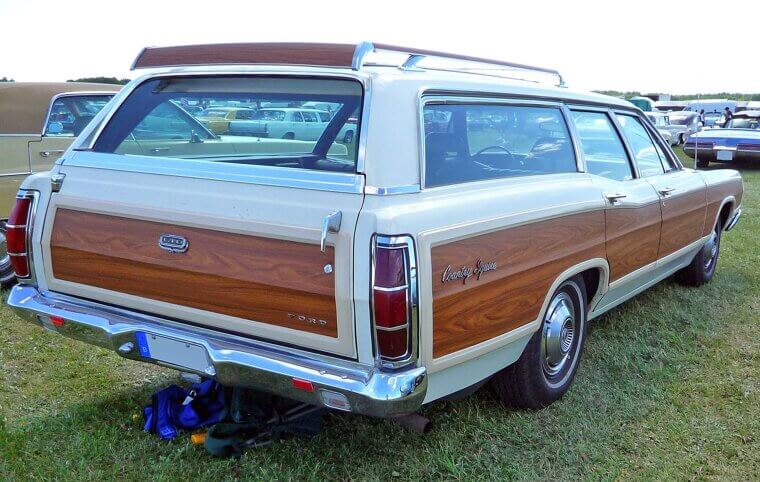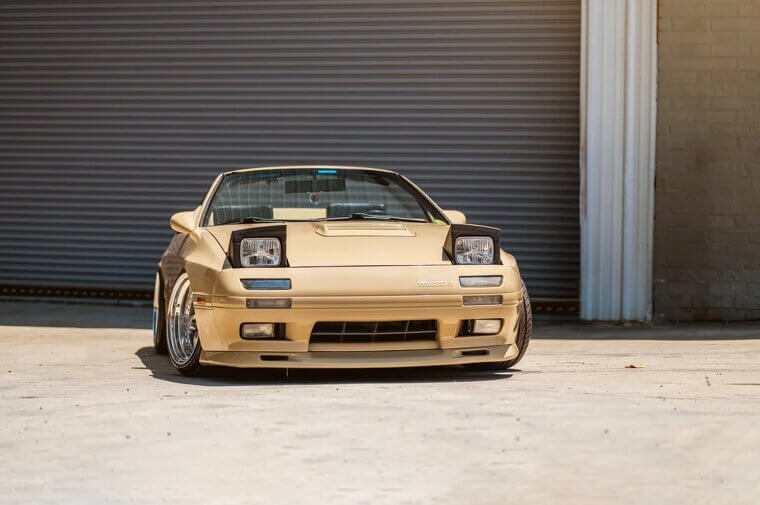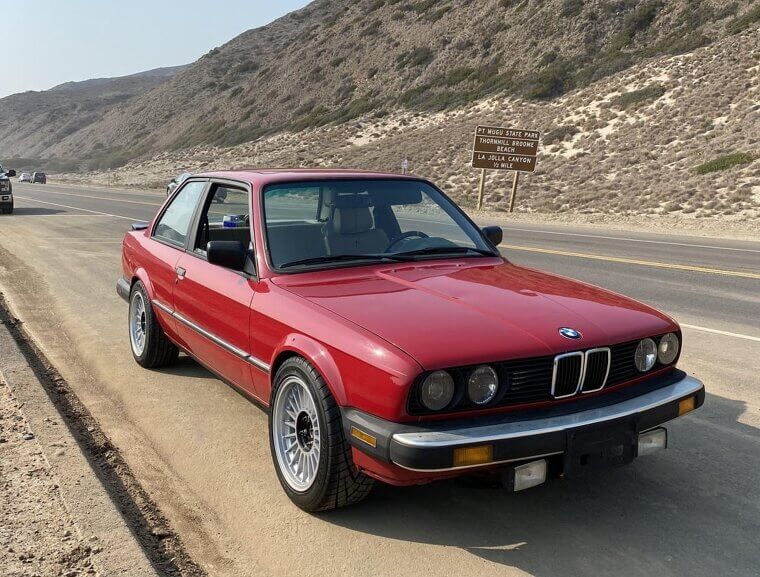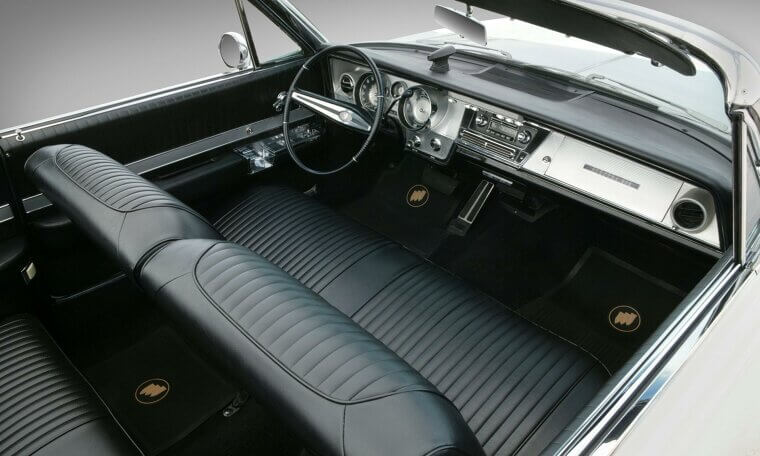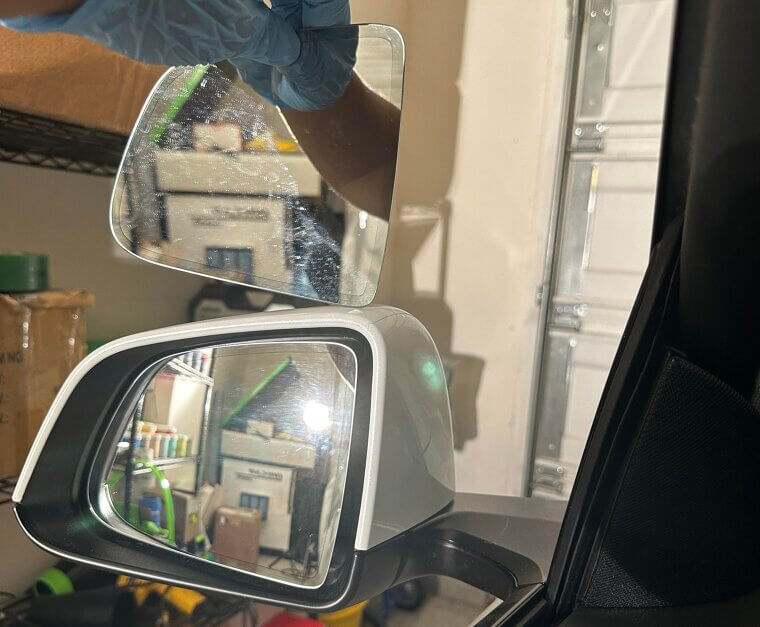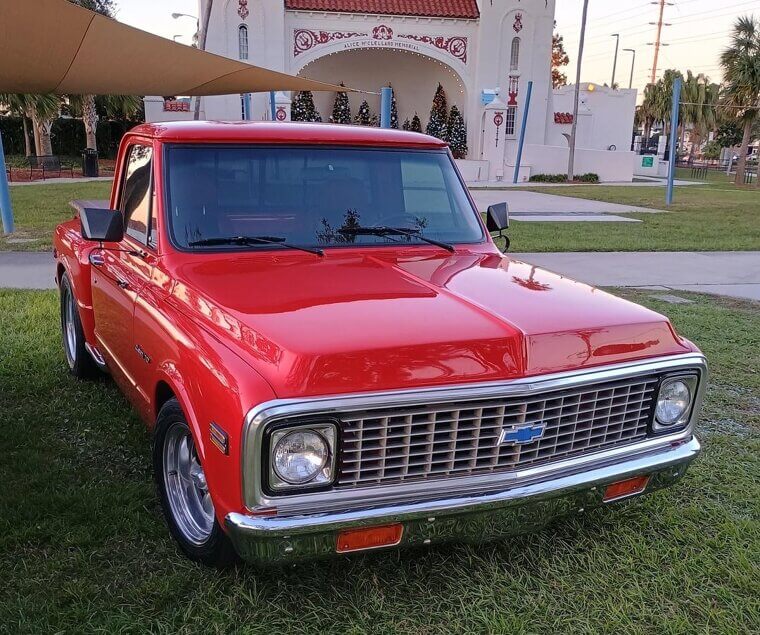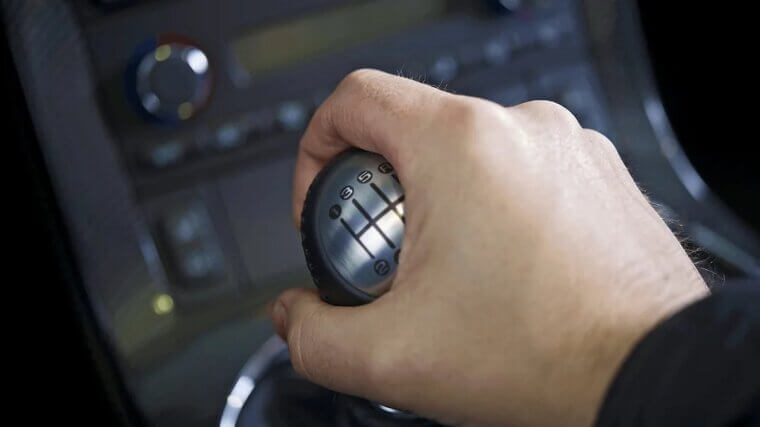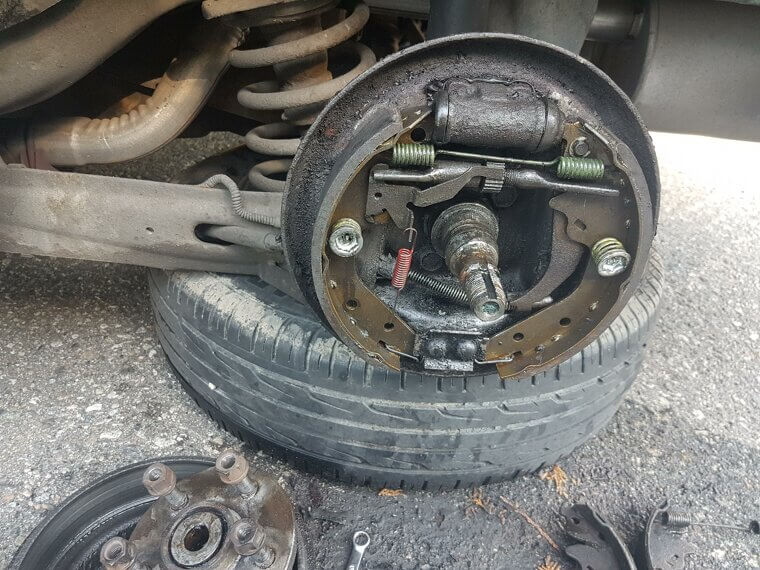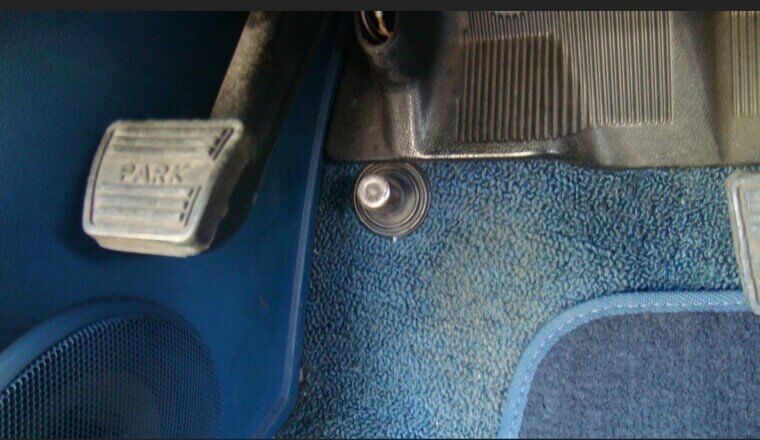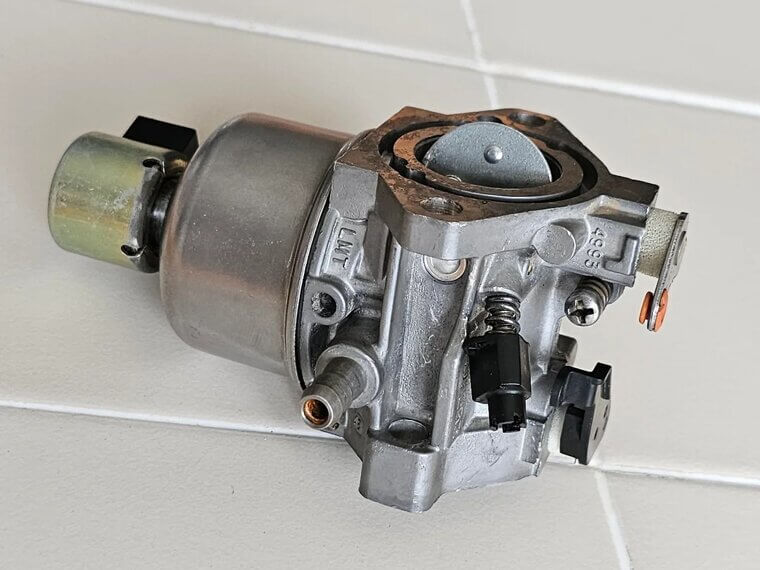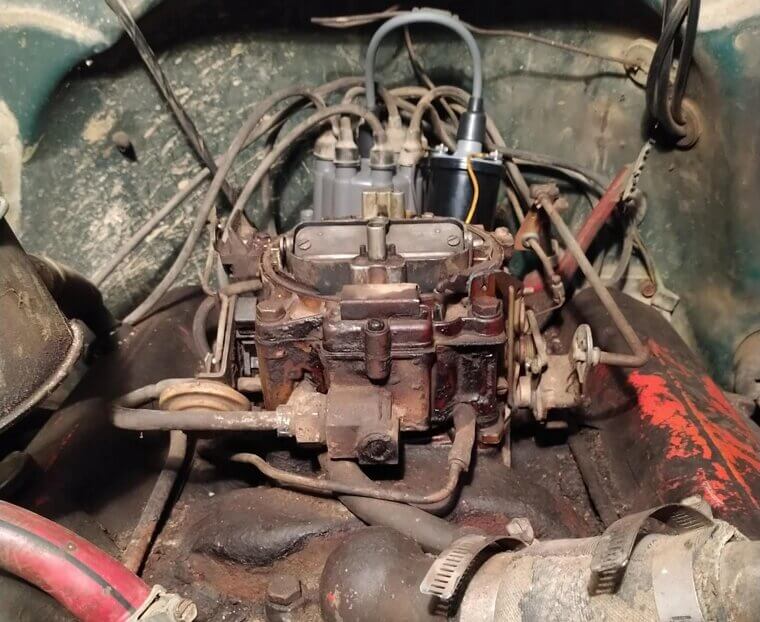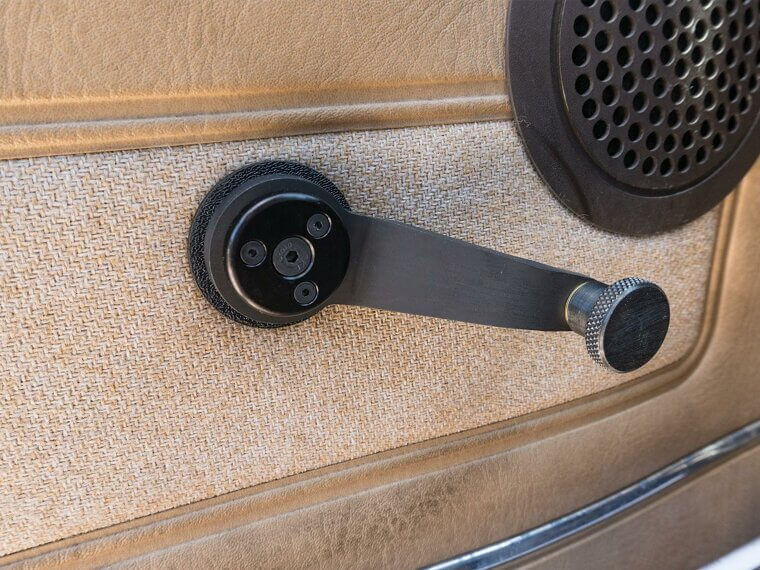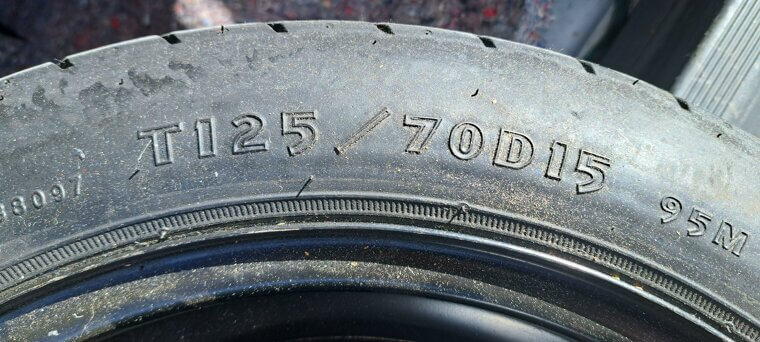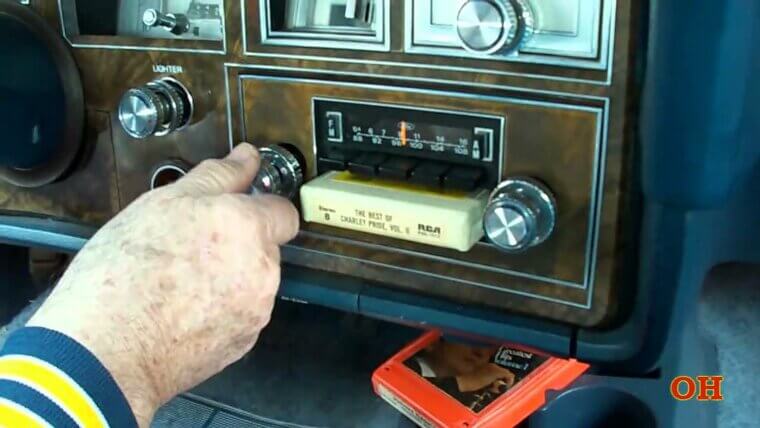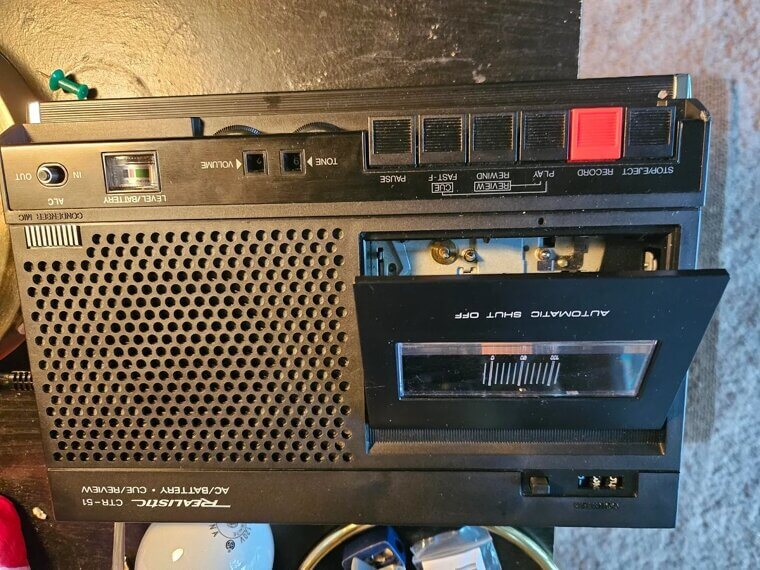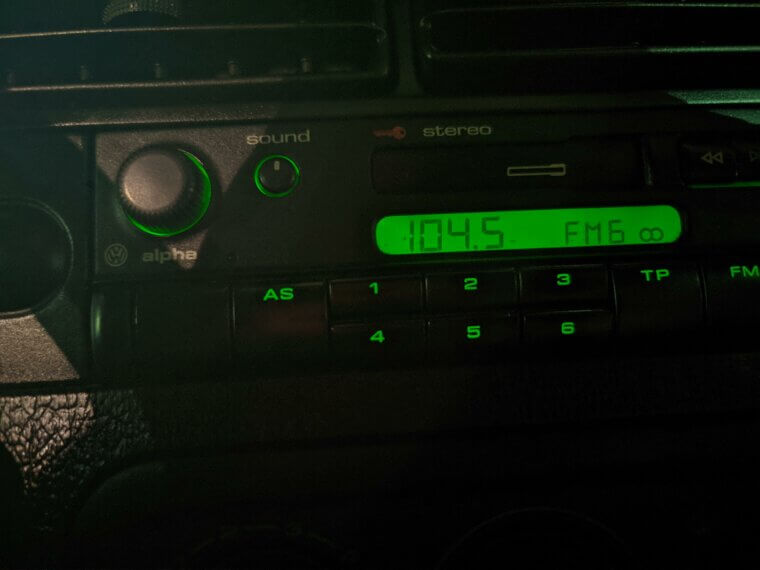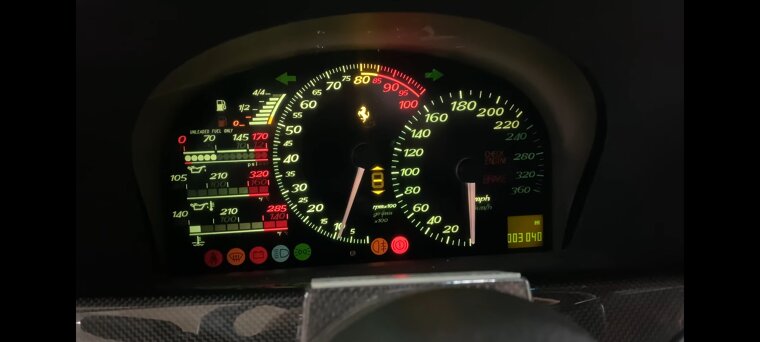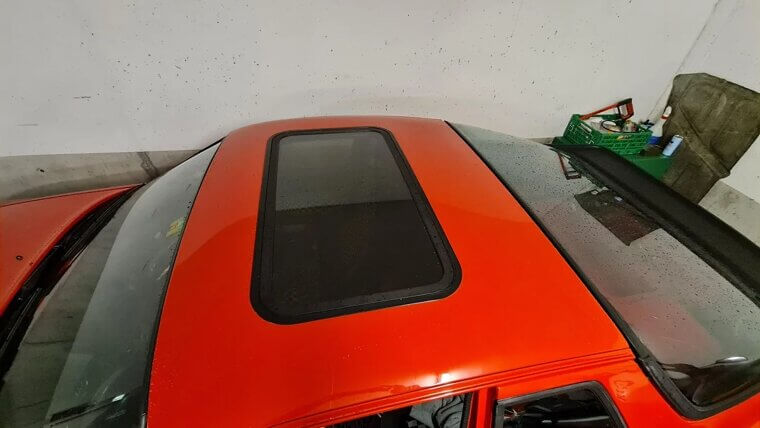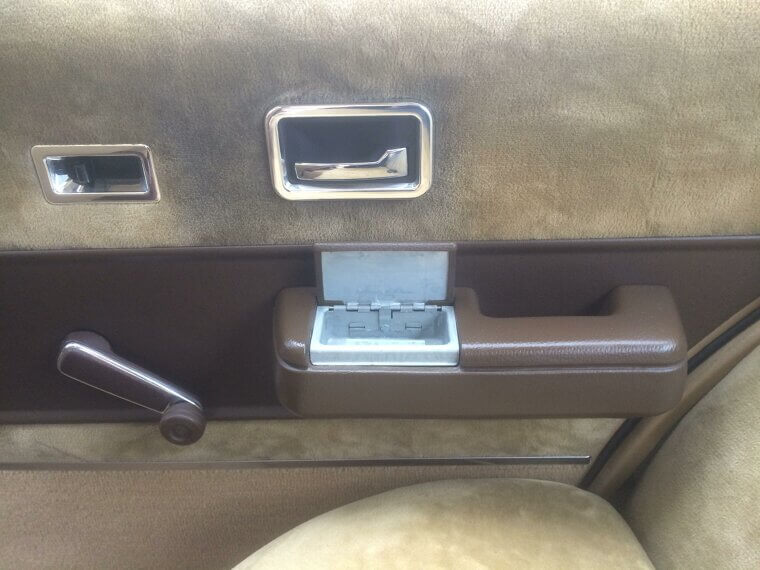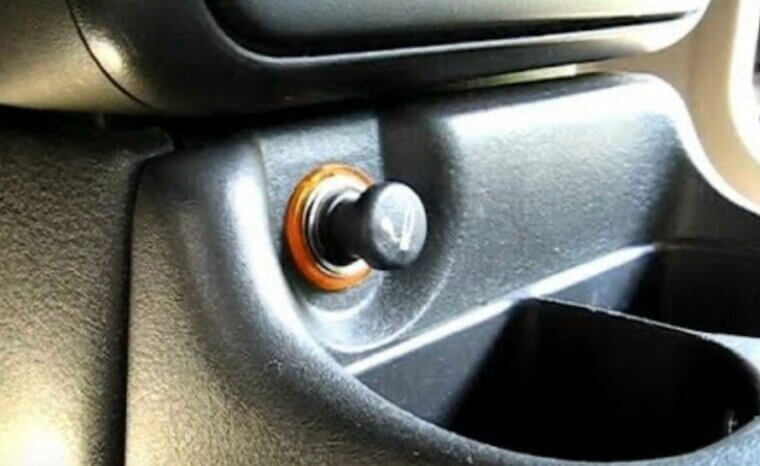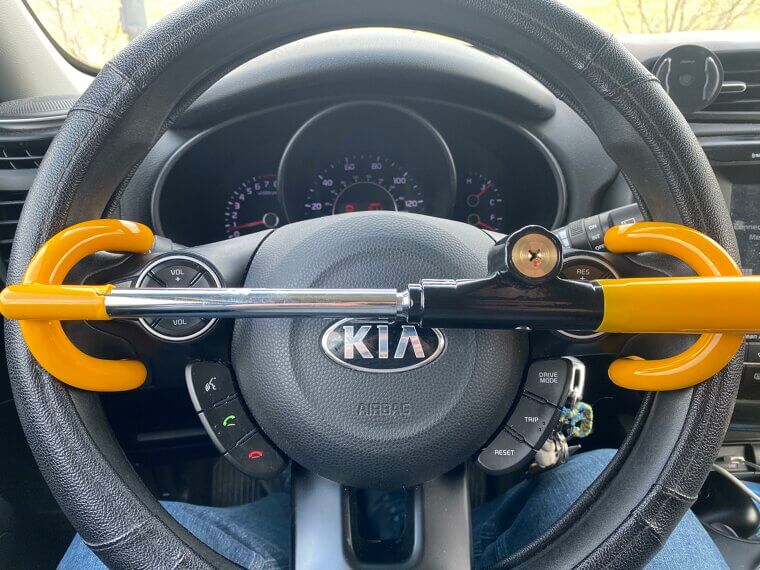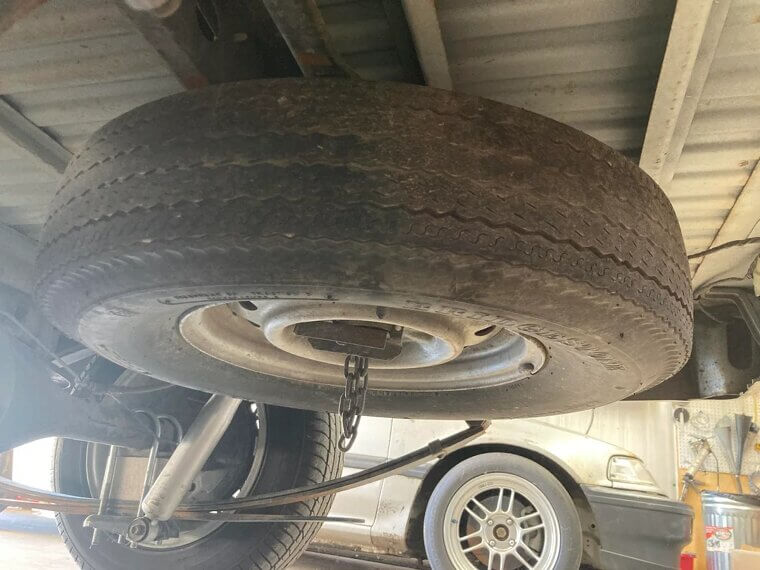Cars Today Look Nothing Like What They Used to
Cars from the 1970s and 1980s had a charm all their own- boxy shapes, bold colors, and features that seem downright strange by today’s standards. From crank windows to ashtrays in every door, these quirks were once completely normal parts of the driving experience. While modern vehicles focus on sleek tech and minimalism, older cars had their own set of routines and comforts that drivers simply accepted. Whether you grew up with them or just love classic car culture, here’s a look back at the features that made '70s and '80s cars unique.
Hood Ornaments
You know what’s really missing from today’s vehicles? Brand visibility. Your average BMW, Audi, or Mercedes-Benz are almost indistinguishable at a glance. But back in the 70s and 80s, hood ornaments made a statement. They commanded respect and were symbols of luxury and status.
Opera Windows
Luxury cars have always set a standard for other cars to emulate, though this was much more prevalent in the 70s and 80s. Many cars from this era featured opera windows - small, fixed rear-quarter windows - in an attempt to evoke the same elegance and style of luxury vehicles.
Faux Wood Paneling
If chrome isn’t your thing, maybe you’d prefer something a little more rustic. Many sedans and station wagons from the 70s and 80s featured faux wood paneling (typically vinyl or plastic in reality) that gave them a certain upscale, distinguished appearance.
Vinyl Roofs
Convertibles have always been popular, but they’re not exactly affordable beasts. Fortunately, the 70s and 80s gave us cars that looked like convertibles, minus the exorbitant costs. They featured vinyl roofs that instantly evoked the look of a convertible… and which were woefully prone to sun damage.
Pop-Up Headlights
Vehicles nowadays have sort of settled into a comfortable groove. Manufacturers are less obsessed with gimmicks and more focused on refining the features that work. That being said, it would be cool to see pop-up headlights make a return. These were popular in the 70s and 80s, giving cars a sleek profile, but were unfortunately prone to mechanical faults.
Chrome Bumpers
Are cars not blindingly reflective enough for you? You should get your hands on a '70s vehicle with a chrome bumper. These things not only looked great but were exceptionally durable as well. Unfortunately, they were also pretty heavy, which eventually led manufacturers to use more lightweight materials instead.
Bench Seats
Have you ever been on a hot date at the drive-in and tried to sidle up to your companion, only to be stopped by a silly handbrake or gap in the seats? Probably not, since drive-ins aren’t common anymore, and neither are bench seats which are exactly what they sound like.
Dual Side Mirrors
These days you won’t find a car that doesn’t have a mirror on both the passenger and driver’s side of the vehicle. Back in the 70s and 80s, however, dual side mirrors were more common, allowing drivers to check both sides of their vehicle without turning their heads both ways.
Wide Body Styling
Most modern vehicles can be neatly sorted into different categories based on their shape and general appearance, but manufacturers were much more experimental in the 70s and 80s. Widebodies, for example, were fairly common and gave vehicles a certain aggressive edge and a stable stance.
T-Tops
As you may have noticed, everybody wanted to get their hands on a convertible but not everyone could afford it. T-tops, like vinyl roofs, were something of a half measure; they were detachable, giving you the open-air experience you wanted, but the process of removing it was laborious.
Manual Transmissions
It’s hard to believe that many new drivers today have never learned to drive with a stick shift. Back in the day, however, it wasn’t optional since almost every car featured manual transmission, which actually gave you more control and was more fuel efficient.
Drum Brakes
Most cars today feature disk brakes on their rear wheels, but in the 70s and 80s, drum brakes were much more prevalent. Unfortunately, they weren’t nearly as effective as the brakes we see today, and despite being slightly cheaper to manufacture and implement, they’re unlikely to make a comeback anytime soon.
Floor-Mounted High-Beam Switch
If you’re driving along the highway in the dead of the night, you’ll be grateful for your high beams, which are normally activated by a stalk-mounted switch. Back in the day, however, the high beams were activated by a switch fixed to the floor of the vehicle.
Carburetors
A car’s engine can be mystifying, but you’re probably at least familiar with carburetors. These devices used a mixture of air and fuel to power the engine’s internal combustion engine. Reliable, sure, but carburetors were eventually replaced by fuel-injection systems, which offer more control over the fuel that is used.
Four-Barrel Carburetors
Speaking of carburetors, muscle cars from the 70s had their own special kind called four-cylinder carburetors. As the name would suggest, these had four cylinders which allowed for increased airflow and pressure, giving those cars their excellent performance.
Rear-Wheel Drive
Most cars nowadays feature front-wheel drive, meaning that power is delivered to the front of the car and its wheels. Back in the old days, however, rear-wheel drive was much more common and actually provided better handling and weight distribution, especially in performance cars.
Manual Windows
Getting some fresh air while driving is as easy as pushing a button to roll the windows down, but if you wanted to catch the breeze in the 70s and 80s, you had to put in a little elbow grease. Indeed, older cars typically feature manual windows, and while you may be nostalgic for them, it’s fair to say that electric windows are so much more convenient.
Single-Stage Paint
Your car’s paint job is one of its most recognizable features, and it makes sense why so many car owners take waxing and polishing so seriously. Fortunately, car paint jobs are much better today than they were in the 70s and 80s, where sometimes only a single coat of paint was applied.
Bias-Ply Tires
It’s easy to overlook, but the type of tire you use determines how your car handles, especially when it comes to certain weights. These days, radial tires are the norm, but the 70s and 80s saw an abundance of bias-ply tires that featured a criss-cross pattern that actually made them much more durable - and thus much better for handling heavy loads.
8-Track Tape Players
Considering that recorded music hasn’t been around for long (relatively speaking, that is), it’s amazing how much the way we consume it has evolved over the years. Some 70s cars featured 8-track tape players, which were once the only way to enjoy a few tunes on the road short of having your own in-house (in-vehicle?) band.
Cassette Players
As if to underscore our previous point, it didn’t take long for 8-tracks to fizzle out and be replaced by a new form of in-car audio: cassette players. These were much easier to handle and catered to a wider variety of music as well, though the actual audio quality probably wouldn’t pass today’s standards.
AM/FM Radios
If you weren’t in the mood for music, you could easily switch over to your radio. AM/FM radios were pretty much standard-issue in the 70s and 80s and allowed people to keep up with news and entertainment while on the road. It’s hard to believe that they’re already pretty rare in modern cars.
Manual AC Controls
Although safe from the worst that the weather has to offer in the cabin of your vehicle, you aren’t completely immune to the elements. These days, adjusting the temperature of your cabin is normally done through a digital console, but in the 70s and 80s, it was all knobs and buttons.
Vinyl Upholstery
The fabric of your car seats can make a big difference to your comfort levels. These days, manufacturers typically use a relatively soft fabric, but in the 70s and 80s, vinyl was king. Though it was less comfortable than today’s upholstery, vinyl was pretty durable and easy to clean.
Analog Gauges
Modern vehicles are overly digitized. Everything you need to know about your car you can only learn from a small screen on your console. Back in the day, however, cars and their drivers had to make do with analog gauges which would display things like fuel levels, speed, and other metrics.
Manual Sunroofs
Sunroofs aren’t common in every vehicle, but you’ll typically find them in many luxury sedans. They’re controlled by a simple button press nowadays, but in the 70s and 80s you had to actually reach up and open them manually if you wanted to allow a little extra sunlight into the vehicle.
Ashtrays
Smoking, in general, isn’t as widely embraced today as it was in the 70s and 80s when it seemed like almost everyone would light up every once in a while. That pretty much forced car manufacturers to include ashtrays in their vehicles, lest the car floor be covered in ash.
Lighters
Seeing as they had already included ashtrays, manufacturers also installed built-in lighters so you could easily get your smoke on without having to dig in your pocket for your Zippo. Of course, you won’t come across them anymore - people just aren’t that cool nowadays.
Steering Wheel Locks
Car theft has been an issue for as long as cars have been around, but modern vehicles have more ways to deter it than ever. Back in the 70s and 80s, though, you pretty much needed a steering wheel lock to prevent your car from being stolen, and even then, nothing was guaranteed.
Sunshades
Folding sunshades were pretty much an essential vehicle accessory if you didn’t want your car to become a portable steam room. Of course, modern vehicles are insulated better, and their windshields are often tinted to prevent the worst of the heat from getting in.
Gas Cans
Even today, nobody wants to be caught fresh out of gas on the highway, but roadside assistance is generally much easier to come back. In the 70s and 80s, however, folks had to haul their own spare gas can in case of emergency.
Spare Tires
Running out of gas is one thing, but bursting a tire is a whole other level of “Uh oh”. Unfortunately, most modern cars - due to their emphasis on minimalism and “efficiency of space” - can’t accommodate a spare tire, in contrast to vehicles from the 70s and 80s.
Maps
If you’re ever lost on the highway nowadays, getting back on track is as easy as asking Aunty Google for directions. Back in the day, however, drivers kept paper maps in their gloveboxes and had to make sense of the winding paths themselves.
CB Radios
These days, if you need to get hold of someone while driving, you can set up your smartphone for hands-free controls. Back in the day, however, you’d need to get your hands on a CB radio to communicate with other drivers, and even then, it was only over short distances.
Fuzzy Dice
Are fuzzy dice useful? No. Are they classy? Also, no. Are they charming? Hell yes. Fuzzy dice and other rearview mirror ornaments aren’t as common today as they were back then.


